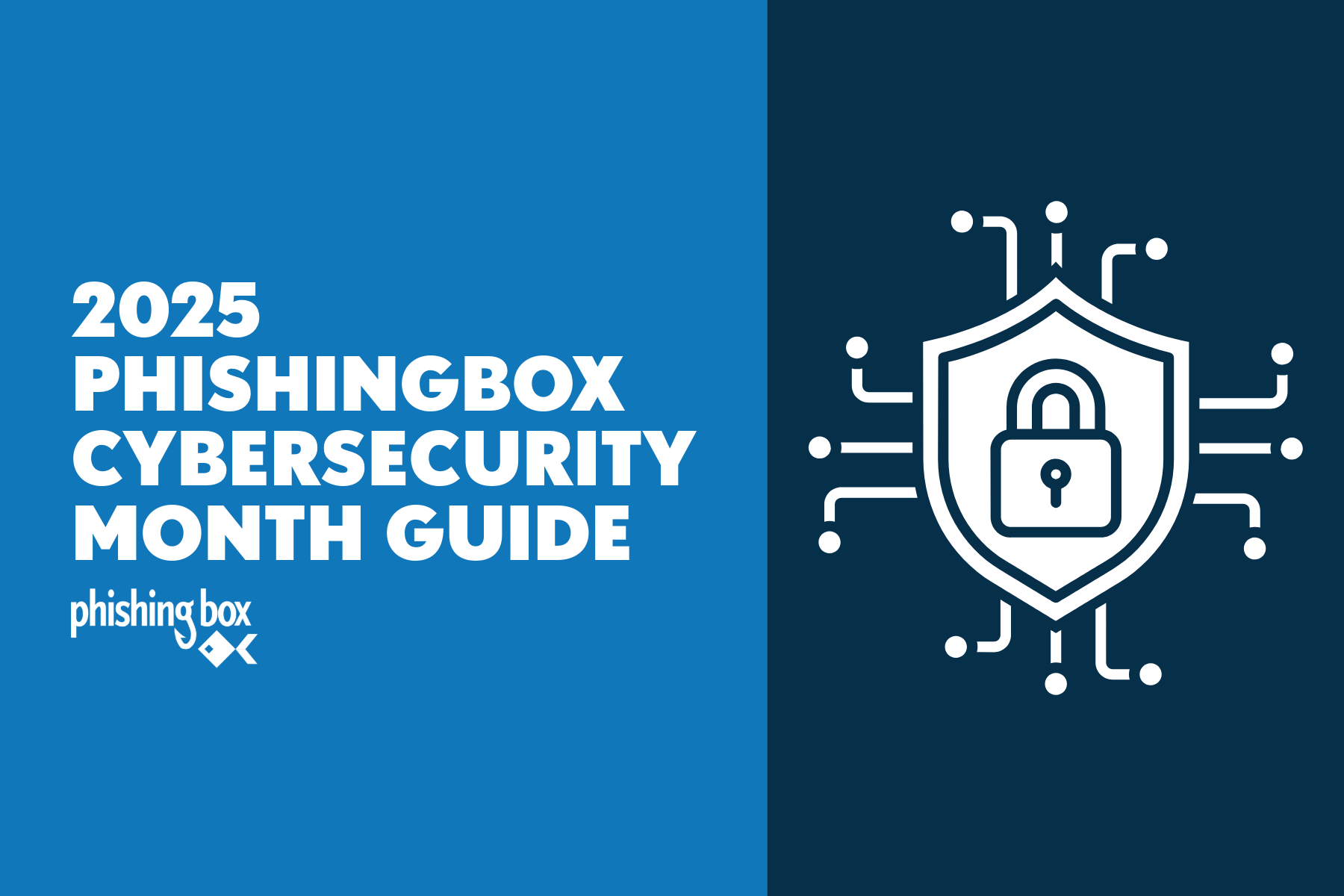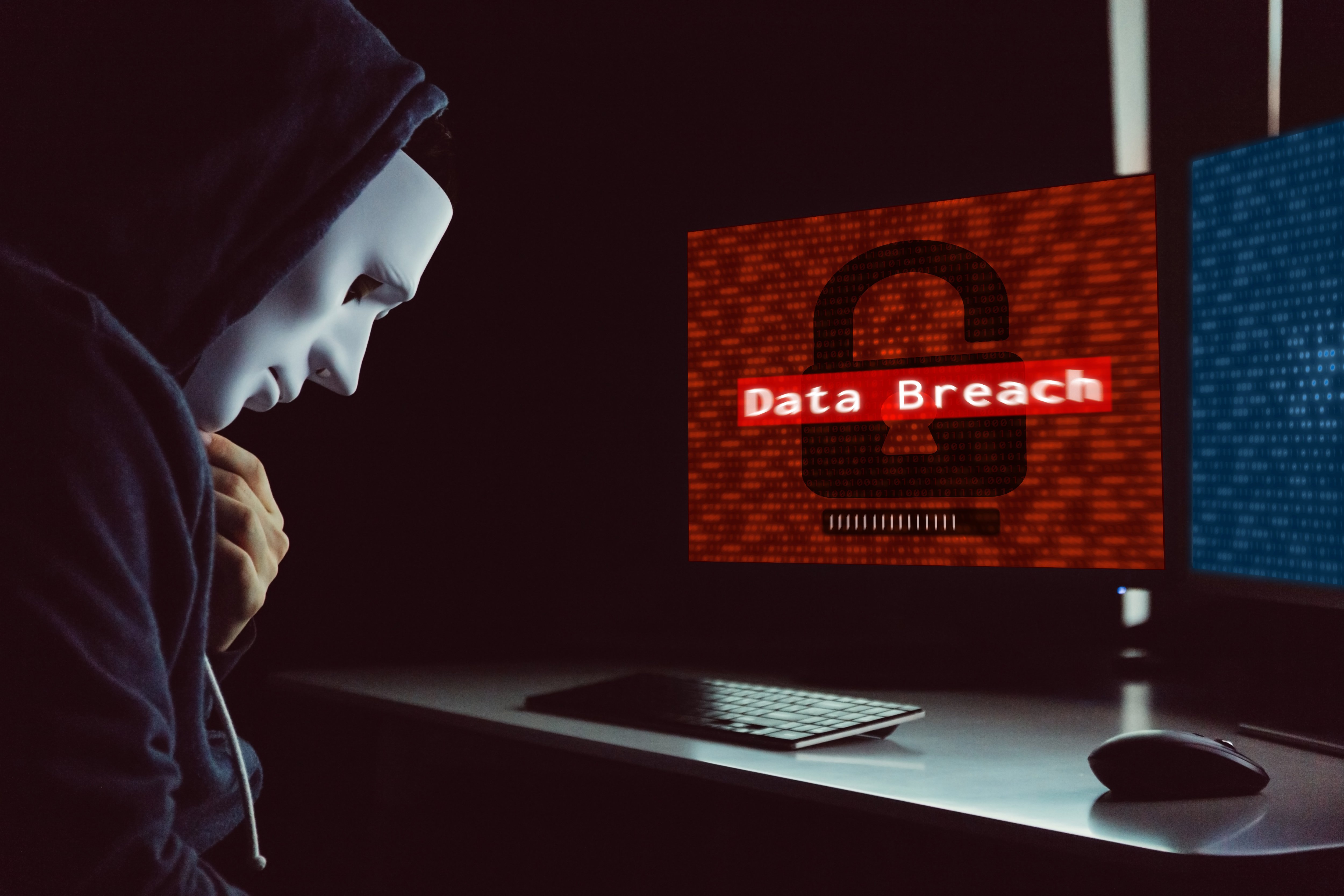Cyberattacks and phishing attempts have become increasingly sophisticated, preying on human vulnerabilities and leveraging opportune moments. To effectively defend against these threats, organizations must adopt a collaborative approach to cybersecurity education and awareness, regularly training employees and updating best practices.
A recent phishing test reported by The Washington Post exemplifies the importance of timely testing. Cybercriminals exploit human nature during strategic moments. While training and testing may be seen by some as insensitive or deemed “poor timing,” staff members need to be ready to spot fakes and help protect the organization from human element exploitation.
The Human Element: Exploiting Trust and Emotion
A phishing test email sent to teachers in Fairfax County, Virginia at the end of the school year promoting the district’s fake collaboration with “Company Rewards” offering gift cards for a year of hardwork and effort is a perfect recent example of this tactic’s effectiveness.
Exploiting the emotional context of the situation, cybercriminals would cunningly promise gift certificates as a token of gratitude for the teachers' dedication. However, hidden beneath this seemingly thoughtful gesture would be a malicious link designed to extract login credentials or infiltrate the account just like in the phishing simulation email test.
This incident serves as a stark reminder of the effectiveness of exploiting trust and emotion in phishing attempts. Cybercriminals capitalize on moments and emotional triggers, manipulating individuals into unwittingly allowing them access to credentials or entering privileged information perpetuating malicious activities. Organizations must recognize the role played by the human element in cyberattacks and prioritize comprehensive cybersecurity education and awareness to foster a resilient defense.
The Need for Collaborative Cybersecurity Education
Nurturing a culture of cybersecurity awareness within organizations is a must. Through regular training sessions, employees gain vital knowledge on identifying phishing attempts, understanding social engineering tactics, and adopting best practices for safe online behavior.
Cybercriminals frequently target organizations during strategic moments when employees are more susceptible to phishing attempts. Holidays, company celebrations, or other significant occasions serve as prime opportunities for manipulation. By raising awareness of these tactics and training employees to exercise extra caution during such periods, organizations can bolster their defenses against targeted attacks and remind staff to never share their credentials and confirm with IT directly before performing or providing any privileged account information.
The dynamic nature of cybersecurity necessitates regular review and updating of best practices from top to bottom. This includes staying abreast of modern password policies, implementing multi-factor authentication (MFA), and utilizing secure communication protocols and potentially even password lockers or Single Sign-On (SSO). By equipping employees with the latest knowledge and tools, organizations enhance their ability to navigate potential risks.
Employing simulated phishing exercises can prove highly effective in reinforcing cybersecurity awareness. By conducting mock phishing campaigns regularly, and planning tests to send at certain opportune times, organizations can gauge employees' susceptibility to attacks, identify areas for improvement, and provide targeted training based on the results to strengthen overall defenses with solid offense.
Establishing an environment where employees feel empowered to report potential cybersecurity incidents or suspicious emails is mission critical. Organizations should establish clear reporting channels and provide guidance on the appropriate actions to take if an employee encounters a phishing attempt or suspects they may have fallen victim to one. Collaborative efforts between employees, IT departments, and security teams can mitigate the impact of successful attacks and prevent future breaches.
The Bottom Line
The constant threat of cyberattacks and phishing attempts necessitates a proactive and collaborative approach to organizational cybersecurity. The recent Fairfax County phishing simulation incident involving phishing test emails targeting teachers at the end of the year serves as a poignant reminder of how cybercriminals exploit strategic moments and prey on human vulnerabilities.
By prioritizing general cybersecurity education and awareness, organizations can fortify their defenses against such threats in a collaborative manner with their employees by emphasizing the critical need to understand the threat at hand.
Regular training, continuous updating of best practices, and fostering a culture of awareness empower employees to effectively identify and respond to phishing attempts. Together, we can establish a resilient cybersecurity framework to protect organizational assets, safeguard sensitive information, and ensure uninterrupted operations in our increasingly interconnected digital world.


